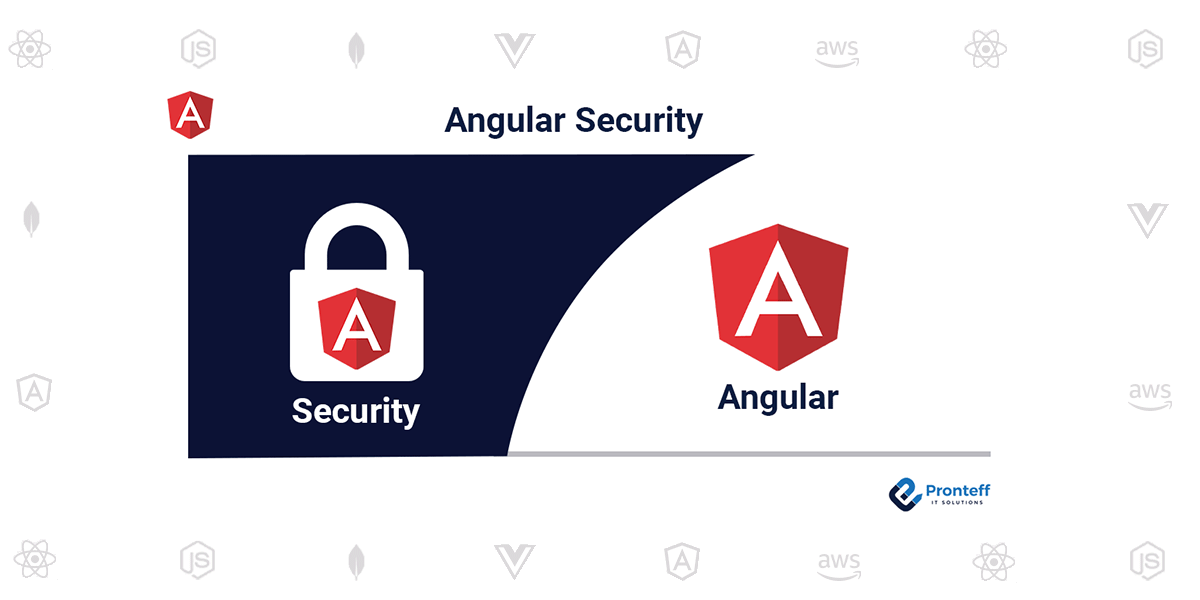Angular Security
Here in this blog, we are going to learn about the best practices and techniques of Angular Security.
Angular, like any web development framework, requires attention to security to protect against common vulnerabilities and ensure the safety of applications. Here is a summary of some best practices and techniques for Angular security:
Input Validation: Validate and sanitize user input to prevent common security risks such as cross-site scripting (XSS) and SQL injection attacks. Angular provides built-in mechanisms like template binding syntax and Angular forms to help with input validation.
Cross-Site Scripting (XSS) Prevention: Use Angular’s built-in security features, such as the built-in sanitization functions (DomSanitizer) and security context awareness, to prevent XSS attacks by sanitizing user-provided data before rendering it in templates.
Content Security Policy (CSP): Implement a Content Security Policy to control which external resources (e.g., scripts, stylesheets, images) can be loaded by your application. This helps prevent the execution of malicious scripts and reduces the impact of XSS attacks.
Secure Communication: Ensure that communication between your Angular application and backend APIs or servers is secure by using HTTPS (HTTP over SSL/TLS) to encrypt data in transit. Avoid making requests over plain HTTP, especially when handling sensitive information.
Authentication and Authorization: Implement robust authentication and authorization mechanisms to protect sensitive areas of your application. Use techniques such as token-based authentication (e.g., JWT) and enforce authorization checks on both the client and server-side to control access to resources.
Security Headers: Set appropriate security headers in your Angular application’s HTTP responses to mitigate common web vulnerabilities. Examples include X-Frame-Options, X-XSS-Protection, and X-Content-Type-Options headers.
Secure Coding Practices: Follow secure coding practices to minimize security risks. This includes principles such as using strong and unique passwords, avoiding hardcoded secrets or credentials in source code, and regularly updating dependencies to patch security vulnerabilities.
Secure Deployment: When deploying your Angular application, consider security measures such as server hardening, regular security updates, and configuring appropriate access controls. Protect sensitive configuration files and credentials, and use secure deployment methods.
Security Auditing and Testing: Regularly perform security audits and penetration testing on your Angular application to identify vulnerabilities and address them promptly. Utilize security scanning tools and follow industry best practices for security testing.
Stay Informed: Keep up-to-date with the latest security vulnerabilities, patches, and best practices for Angular. Stay informed about security advisories and updates from the Angular team and the wider security community.
Remember that security is a continuous process, and implementing these best practices is not a guarantee of complete security. It’s important to stay vigilant, maintain regular security assessments, and adapt your security measures as new threats emerge.








